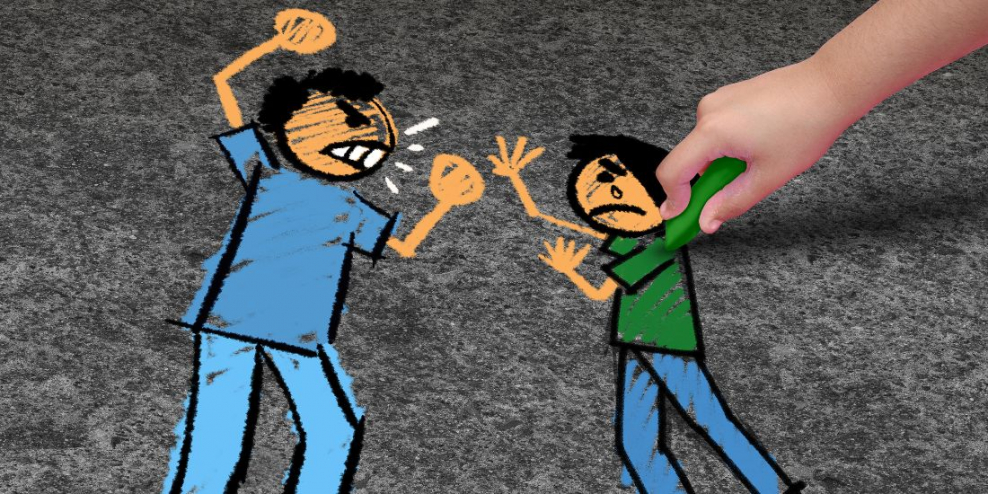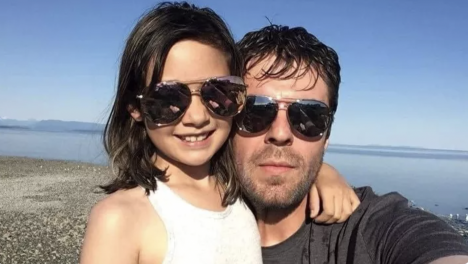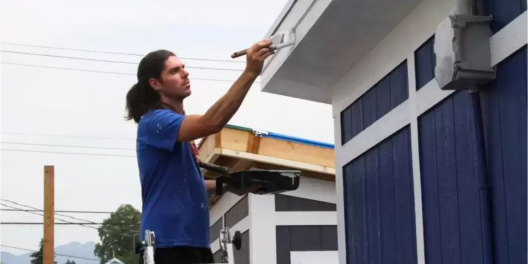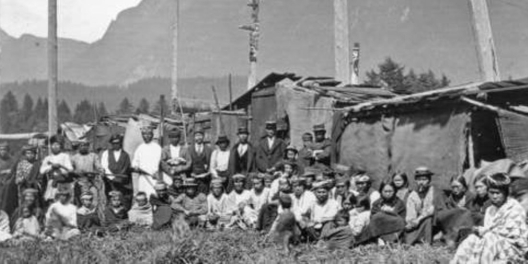In Port Alberni, violence between young people has been a growing problem for the last few years.
Between September 2021 and March 2022, more than 30 assaults were reported to the RCMP associated with “AFN.” AFN is a group of students who may call themselves a gang, but don’t have enough real structure to qualify.
Regardless, violence was occurring at a startling rate. It even escalated to an assault at a school, where the victim was seriously injured and taken to hospital by ambulance.
In most cases, kids who’ve been beaten up don’t tell the cops. The cops only find out when they see videos of fights on social media sites like TikTok. To put it simply, these kids don’t trust cops.
So the kids who got beaten up don’t call the cops. And the kids who did the beating don’t respond to cops.
The thing is, the kids in groups like AFN are generally acting out because of really harsh circumstances outside of school. So punishment like police action doesn’t help.
Constable Beth O’Connor is part of the Port Alberni RCMP’s Indigenous Policing. “Traditional policing doesn’t reach the mark here,” she told Alberni Valley News. “We’re stepping away from traditional community policing to address some of the issues we’re seeing. When we understand a problem, it’s easier to address it.”
So what exactly is causing this disturbing trend toward violence?
You’ve heard the saying “hurt people, hurt people.”
Well, that often starts with hurt kids hurting other kids.
“These are a lot of kids in care, youth who have experienced trauma in their lives,” O’Connor explained. “They’ve lost their bond with education and the structure. They’re living relatively independent lives.”
To try to rebuild these bonds, the RCMP has been working with organizations like the Eighth Avenue Learning Centre to provide the sense of safety that these kids need.
“Instead of offering traditional classes, we offer experiences,” explained vice-principal Nick Seredick to Alberni Valley News. “We try to provide students with a future focus so that education feels meaningful.”
They do this through projects like the Life Garden.
In the Life Garden, students were guided through all the steps it takes to build the space, plant seeds, and harvest what they’ve grown.
Later in the year, they’re building a smokehouse so they can take their skills learned in the school’s fishing program to the next level.
“As we work with youth that face challenges in their lives, we also have to look at opportunities to build up the human being,” Seredick said. “Each and every student that walks through our doors is as valued as any other student.”
Sounds like a great start. So how does the RCMP come into the picture?
They openly communicate with school staff and advisors to help create a safe space for students both in and out of the classroom.
They help by checking in to see what’s happening with kids on weekends, often going out to knock on doors and have a talk when students haven’t shown up for a while.
Jaimey Richmond is a youth outreach worker for Nuu-chah-nulth Tribal Council’s Teechuktl Mental Health program. She told the ACRD board that what these kids really need is a space to feel cared for.
“They want to be involved in their community,” she said. “But a lot of times, they don’t feel valued. They can’t see any hope for their future because of how they have grown up.”
By showing these kids there are people who care for them both in and out of class, the programs have been seeing significant results.
Over the summer, said O’Connor, things were quieter than they were earlier in the year, with very few police reports related to youth violence.
“A lot of that is because of the collaborative work of people who are close to these kids,” she said.










